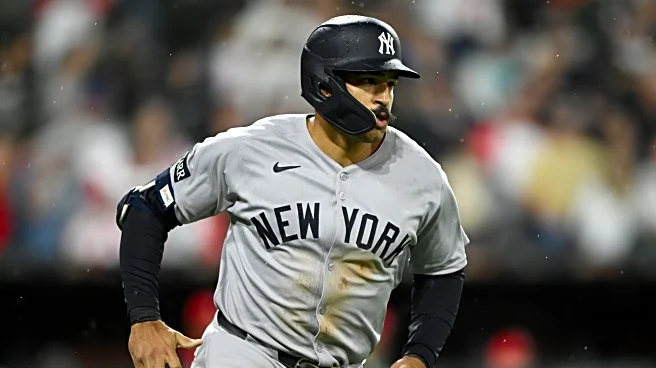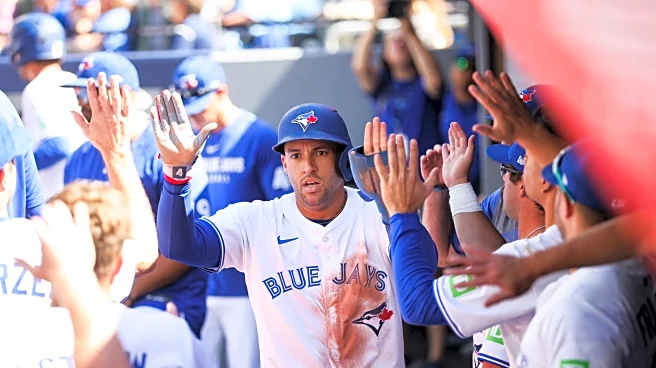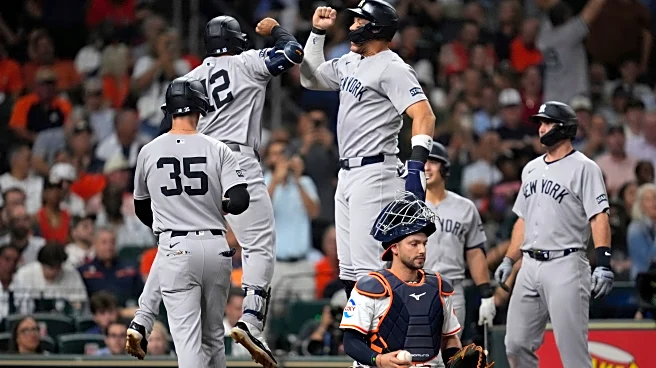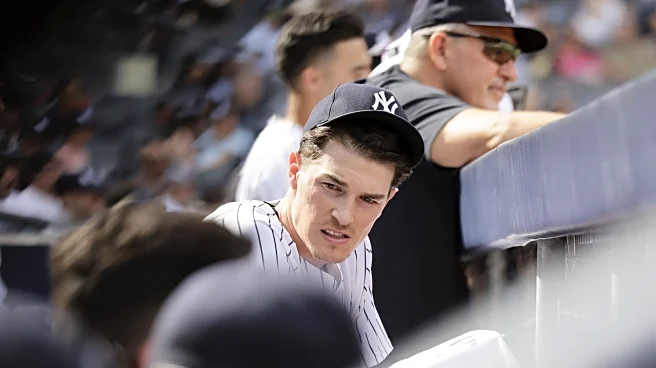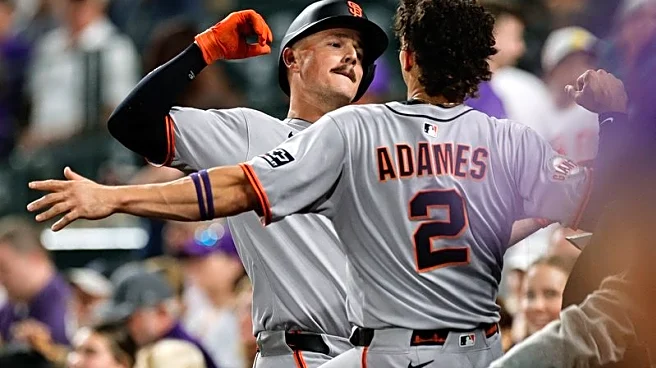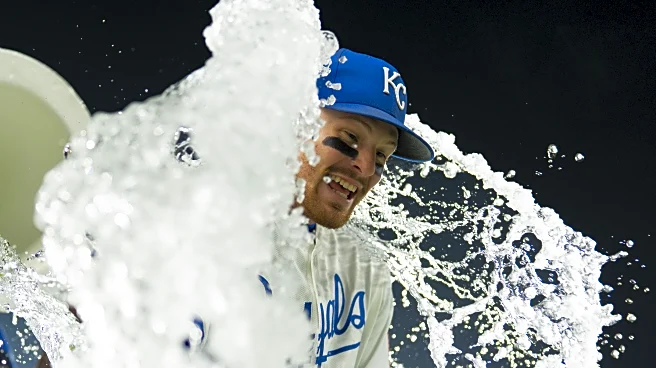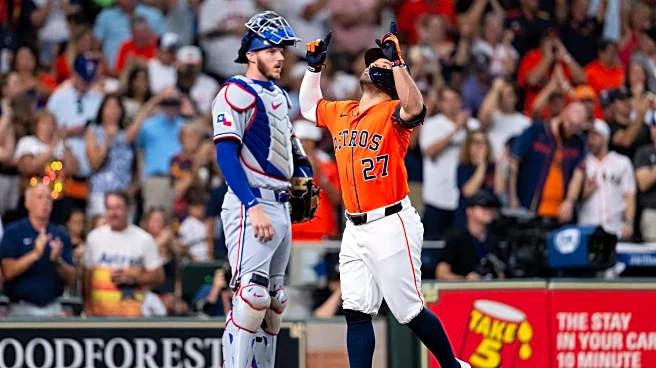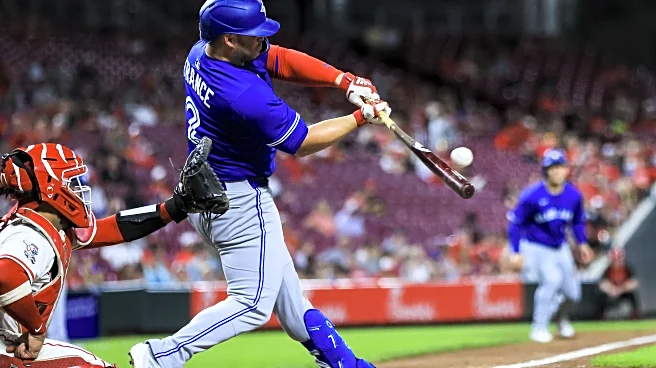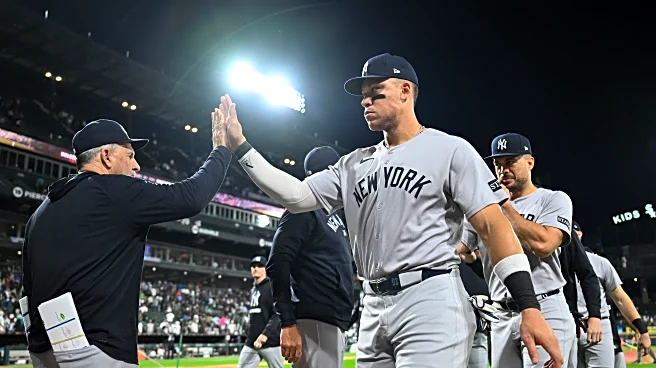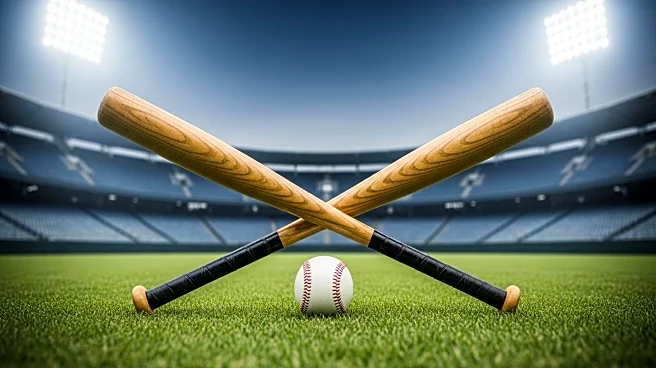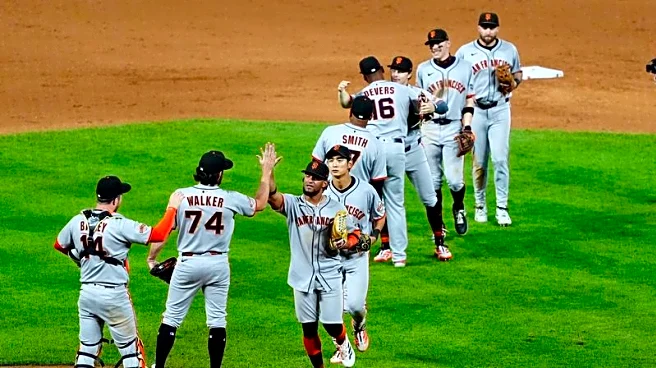
Good afternoon everyone, it’s time to dive back into the mailbag and answer some of your questions. Remember to send in your questions for our weekly call by e-mail to pinstripealleyblog [at] gmail [dot] com.
JudgeIsStillMyFavoriteOgre asks: If the Yankees give Grisham a qualifying offer, what do you think the chances are that he takes it instead of exploring free agency?
The qualifying offer is an interesting quandary, because in the past it was almost automatic that players would decline it and accept
the compensation pick penalty applying to their free agency. As the value of the offer has gone up though, jumping from $18.9 million in 2020 to just over $21 million last season, and with teams putting more of a premium on those draft picks, we’ve seen more players accepting the QO.
Grisham has certainly done enough this season to warrant a debate over how long of a multi-year deal he could earn. If he’s seeking more than a two or three-year deal than I’d fully expect him to turn it down, but if he isn’t then a guaranteed contract worth four times more than his current salary could be appealing. Given that the Yankee staff saw the potential in him to be worth giving a starter-esque workload to back in spring, he could argue that this is more than a flash in the pan, but as always we’ll have to see what the market is willing to pay.
BetweenThePinstripes asks: How would you rank the potential AL playoff staffs, in terms of the difficulty they present to a Yankee style offense?
Any discussion of the field’s pitching staffs begins with Boston, who has dominated the Yankees this year in no small part thanks to the work that Garrett Crochet and company have produced this year. The Tigers have the reigning AL Cy Young winner and contender to go back-to-back in Tarik Skubal, but the rest of that rotation doesn’t look special, so I’d place Houston above them with the one-two punch of Hunter Brown and Framber Valdez.
Those are the top three three threats, and I’d say the Yankees as a staff fit between Houston and Detroit currently. In a tier below them, the Blue Jays have made things work with a rotation that frankly doesn’t look intimidating but has stifled the Yankees often this year. The Mariners are normally a powerhouse in these debates, but outside of Bryan Woo their rotation has taken a major step back this year and let the offense lead the way.
If they get back into the picture, the Rangers and Royals both possess solid staffs with Texas in particular having the best in baseball. However, the loss of Nathan Eovaldi cuts into their danger levels significantly, as well as their odds of overtaking the M’s for the final spot.
MSP Giant asks: If he continues to pitch the way he has, what besides health or an innings limit would keep Schlitter from being the No. 3 starter in the postseason?
Honestly, not much. No offense to Luis Gil, who put together a fantastic Rookie of the Year campaign last season and is pitching more than serviceably since returning from the injured list, but Schlittler has been visibly improving with each start in the majors and showcasing serious potential.
Schlittler’s 27.1 percent K rate is the best on the staff, his 2.61 ERA is stellar and while his 3.88 FIP indicates there’s some room for regression, it isn’t enough to discount his excellent work integrating himself into the rotation. The one area where you could knock him is the high amount of home runs he’s allowed, with 13.6 percent of his fly balls leaving the yard (or 1.12 home runs per nine innings). Gil hasn’t had the putaway pitch working as well, but he has kept the ball in play much more at a 5.6 percent homer to fly ball rate. Depending on if the Yankees are playing in Yankee Stadium or on the road for Game 3 of their opening series, they may want to line up Gil hoping to keep the ball from flying; they could also not try to be cute and just start the better pitcher.
